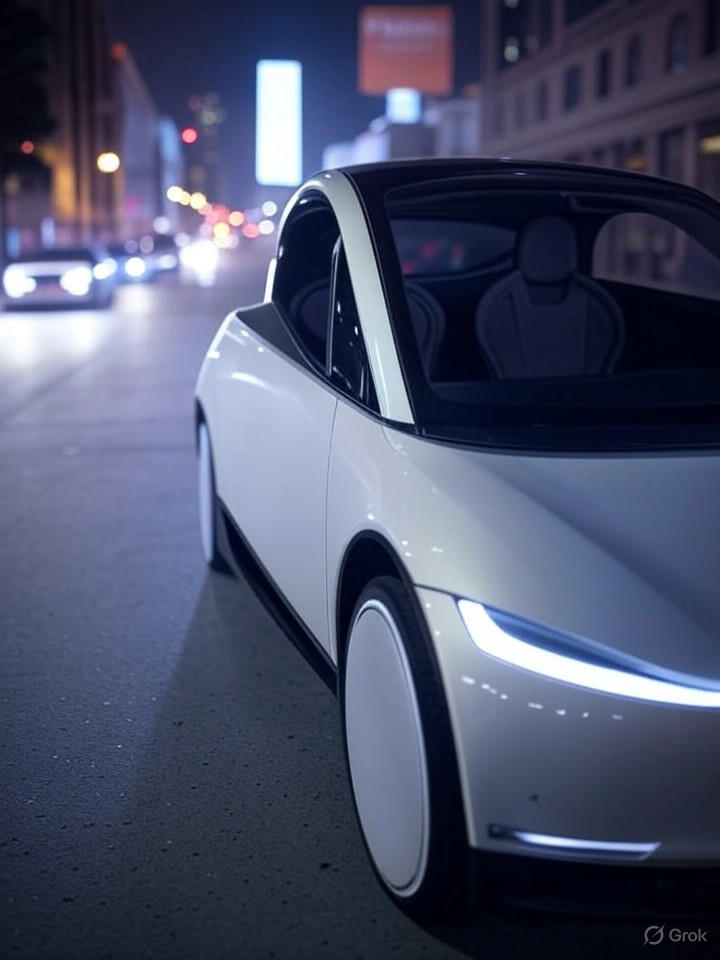In the high-stakes world of autonomous vehicles, Tesla Inc. has long positioned itself as a pioneer, with CEO Elon Musk touting revolutionary robotaxi services that promise to disrupt transportation. But recent email exchanges between Tesla representatives and California regulators paint a starkly different picture, revealing a company grappling with bureaucratic hurdles and tempering its ambitious claims behind closed doors. These communications, obtained by Politico and analyzed in a report by Futurism, highlight a comical yet telling disconnect: while Musk publicly boasts of imminent unsupervised robotaxi deployments, Tesla’s regulatory team is pleading for basic permissions to operate with human supervisors.
The emails stem from Tesla’s efforts to launch a ride-hailing service in San Francisco, framed as an extension of its robotaxi program that began in Austin, Texas. In one exchange, Tesla’s policy advisor meekly requests clarification from the California Department of Motor Vehicles (DMV) on permit requirements, acknowledging that the company lacks approval for fully driverless operations. This contrasts sharply with Musk’s social media proclamations, where he has suggested California regulators are the sole barrier to unleashing autonomous fleets.
Regulatory Roadblocks and Permit Gaps
California’s stringent rules for autonomous vehicles, overseen by both the DMV and the California Public Utilities Commission (CPUC), require specific permits for testing and commercial deployment without safety drivers. Tesla holds only a basic permit for conventional ride-hailing, as noted in the Politico coverage, which limits it to human-operated vehicles. The company’s recent Bay Area rollout, therefore, features Tesla vehicles with a human in the driver’s seat—hardly the driverless future Musk envisions. According to Politico, Tesla even apologized for a LinkedIn post by an employee that overstated the service’s autonomy, describing it more akin to Uber than a true robotaxi.
This supervised approach defeats the core promise of robotaxis, which rely on advanced AI to eliminate human intervention and reduce costs. Industry insiders point out that competitors like Waymo, backed by Alphabet Inc., have secured full driverless permits in California after rigorous testing, allowing 24/7 operations in select areas. Tesla’s emails reveal internal awareness of these gaps, with representatives admitting the need for additional approvals before scaling up.
Public Hype Versus Private Realities
Musk’s rhetoric has fueled investor enthusiasm, driving Tesla’s stock valuation despite recent sales slumps. Yet the Futurism report underscores how such hype clashes with regulatory realities, potentially exposing the company to scrutiny from bodies like the Securities and Exchange Commission for misleading statements. Posts on X (formerly Twitter) from users and analysts, including critiques of Tesla’s unsupervised tests breaking laws, reflect growing skepticism about the timeline for true autonomy.
The controversy extends beyond California, with Tesla eyeing expansions in Florida and Arizona, where regulations may be more lenient. However, as ABC7 San Francisco reported, the Bay Area launch hit immediate walls, forcing Tesla to pivot to a hybrid model that critics say undermines the robotaxi concept.
Implications for Tesla’s Autonomous Ambitions
For industry observers, these emails signal deeper challenges in Tesla’s Full Self-Driving (FSD) technology, which has faced accidents and recalls. Unlike Waymo’s laser-focused testing, Tesla’s approach relies on vast data from customer vehicles, but lacks the transparency demanded by regulators. This could delay widespread adoption, as states like California prioritize safety over speed.
Ultimately, the saga illustrates the tension between innovation and oversight in the autonomous vehicle sector. Tesla’s pleas for leniency may buy time, but without bridging the gap between bold promises and permitted realities, the company risks eroding trust among regulators, investors, and the public. As one expert cited in Politico put it, Tesla’s operations resemble traditional ride-hailing more than futuristic autonomy—a sobering reminder that even tech titans must navigate the slow lane of bureaucracy.




 WebProNews is an iEntry Publication
WebProNews is an iEntry Publication